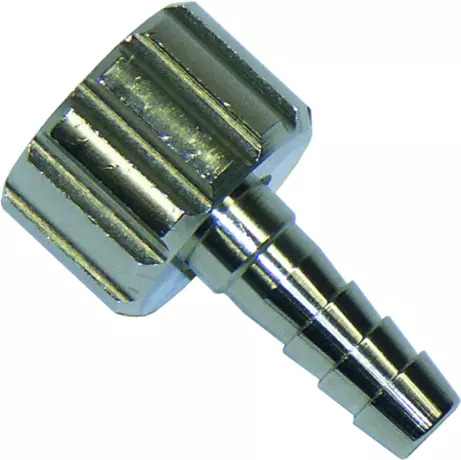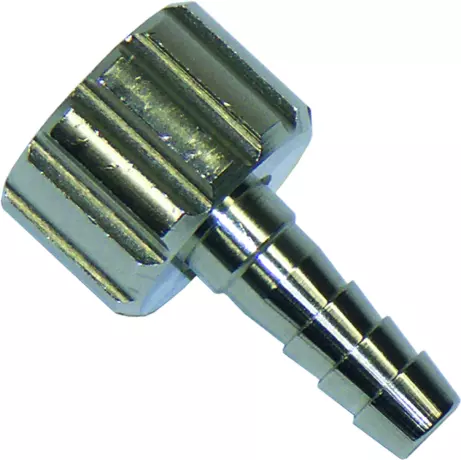
AEROway hose connection socket M12x1.25
AEROway hose connection socket M12x1.25 AEROway hose connector chromed with seal Input thread M12x1....
Portal and digital medical technology fair of the largest MedTech cluster in Germany

AEROway hose connection socket M12x1.25
AEROway hose connection socket M12x1.25 AEROway hose connector chromed with seal Input thread M12x1....

AEROway hose connection nozzle 3/8″
AEROway hose connection nozzle 3/8″ AEROway hose connector chromed with seal Inlet...

Despite their popularity, oxygen devices concentrators are not available over the counter. Instead, you need to have them prescribed by your physician. A doctor will be able to instruct you on how to use them. A concentrator compresses atmospheric air to the appropriate density and delivers purified medical grade gas to the user. There are two types of concentrators: pulse-dose and continuous-stream. The latter is more effective in supplying continuous streams of oxygen.
While oxygen tanks must be replaced or refilled, concentrators don't have to be changed as often. They produce high-quality air 24 hours a day. They can supply five to 10 litres per minute, which is not enough for some patients. For critical patients, this number may be as high as 40 or 45 litres. The type of device you choose depends on your needs and budget. Some models are bigger than others, while others are portable.
Among the major uses of oxygen concentrators are respiratory distress syndrome and pneumonia. These conditions result in fluid build-up in the lungs and respiratory distress. As a result, these patients require more oxygen. With the help of an oxygen concentrator, they can recover from their illnesses and stay healthy longer. In addition, these devices can improve a patient's quality of life by reducing the amount of breathing problems they suffer.
Oxygen therapy devices have multiple applications and are typically categorized by their size. They can be used to treat chronic obstructive pulmonary disease (COPD) and cystic fibrosis, as well as respiratory distress syndrome. In addition, patients can use them when they transfer between different healthcare locations. The growth of these devices is expected to continue through the end of the decade. Its popularity is due to increasing prevalence of COPD.
Among the different types of oxygen therapy devices, concentrators are the most common and affordable type. These devices can be easily operated in the home or on the go. They are ideal for patients who need oxygen at home, in the hospital, and while they are not as effective as a LMO, it is still far better than nothing. However, the downside to concentrators is that they are not as effective for the ICU.
Many oxygen concentrators are designed to remove nitrogen from air and then push the purified oxygen through tubing. The nasal cannula is attached to the device. The oxygen is delivered through the mask or nasal cannula, and the cannula is inserted through the nose. A medical professional should regularly check the patient's saturation levels. If their levels are below 85%, they should seek medical care.
A COVID-19 patient should have a 5L-10L concentrator. A COVID-19 patient should look for a concentrator with a 10-liter output. In addition, a device with a higher output is better for the COVID-19. The maximum flow of oxygen is dependent on the level of the condition. The device should be able to deliver a high concentration of oxygen. It is important to consider how much a COVID-20 patient needs each of their body's specific needs.
Become a digital exhibitor yourself in the online portal of the largest and best-known MedTech cluster region in Germany and inform the world of medical technology about your products and services as well as about news, events and career opportunities.
With an attractive online profile, we will help you to present yourself professionally on our portal as well as on Google and on social media.